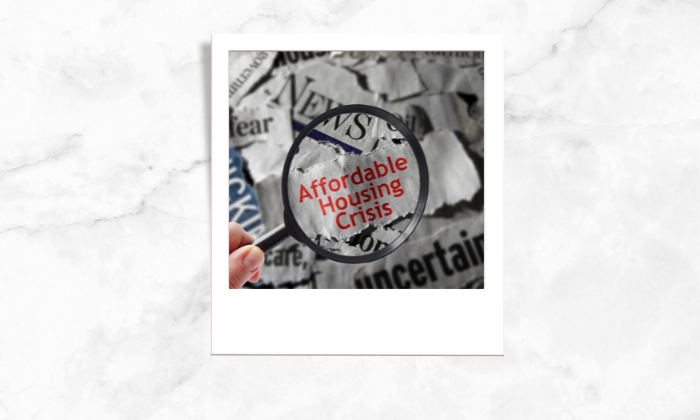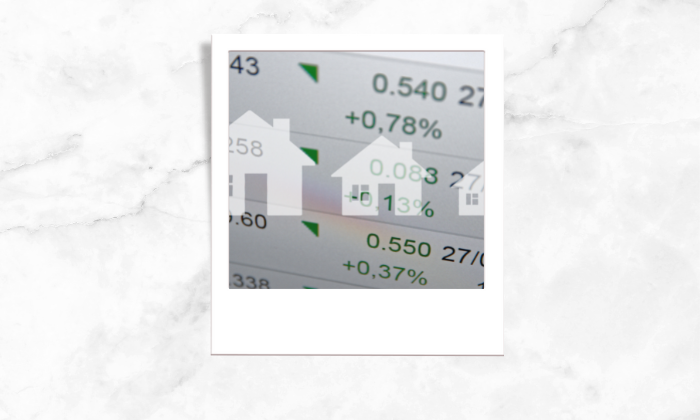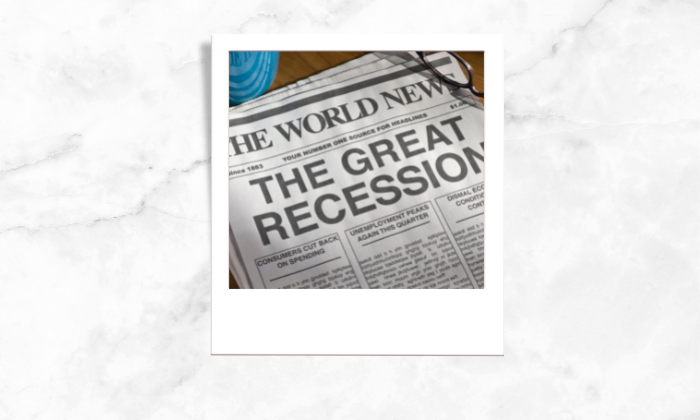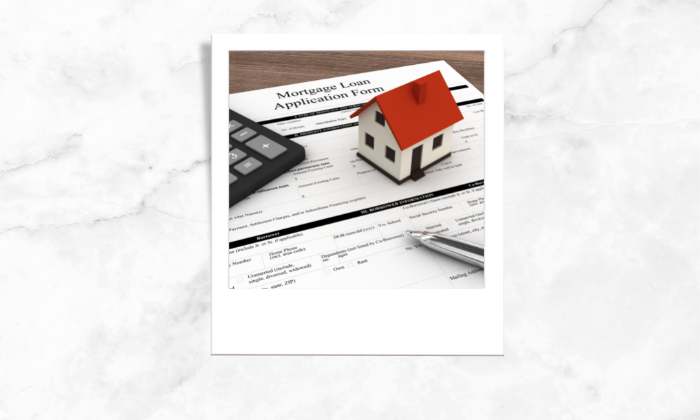
Home values have seen an upward trend of over 35% in the past two years, including a 20.9% increase over the past 12 months. Last year Home values appreciated at an average of 15% across the nation. While this year might not be as ambitious, buyers & sellers are worried that home prices are too high and that depreciation is likely to follow.
We might try to find similarities between what’s happening in today’s housing market and the 2007 housing market crisis that triggered the “Great Recession.” However, there are many differences between the housing market of today and the one which was there 15 years ago.
The differences tell us why we shouldn’t worry about a housing bubble.
Let’s understand the current scenario:
1. Demand and Supply Gap:
The surge in home prices has been contributed by low-interest rates, surging demand, and dwindling supply. The share of first-time home buyers has fallen to 26%, an eight-year low as the National Association of Realtors estimates that nearly 1 million renter households have been priced out of the housing market.
Home affordability has become a substantial issue as the number of entry-level home properties sized at 1,400 sq. ft or less is at a five-decade low. Also, Starter homes accounted for 40% of new construction in 1980. In 2020, they accounted for only 7% of new construction.
A balanced real estate market’s inventory sits around 6 months, however in the current market inventory is at 1.7 months.
In comparison, the earlier years have seen a vast over-supply of homes that did not warrant the price appreciation that went along with it.
The pandemic, supply chain issues, and lately the crisis in Ukraine have exacerbated home inventory by extending build timelines. It has also further increased the material prices needed to build new homes. Compared to the 2008 financial crisis, the primary reason prices have dramatically increased is the low supply of available and new homes coupled with high demand.
2. Housing Demand & Lending Standard:
If you remember the housing boom in the 2000s, there was a buying and selling frenzy. It was irrational exuberance. The primary driver of the run-up of housing prices in the mid-2000s was easy money and the same was fuelled by subprime lending practices.
The mortgage industry fed into the frenzy of a country-wide FOMO (fear of missing out) and made it super easy for people to obtain home loans that were far stretched for them to afford.
A Congressional commission found that violation of lending standards by the underwriters, predatory lending, document fraud, and all possible negative actions were the roots of the Great Recession apart from already loose lending standards. The lenders made risky loans in spite of knowing that such repayments were difficult by borrowers to whom loans were made beyond their affordability which led to massive losses to investors in mortgage securities.
However, today’s lending standards are much tighter and the demand is also very real.
Moreover, the demand is also fuelled by escalating rent happening across the US, for which many of them are opting for the financial stability that homeownership offers.
The above factors coupled with low mortgage rates make purchasing a home today a good financial decision.
So, the housing demand is not only very real, but it’s also very prudent.
3. Equity Perspective:
The mid-2000s saw a massive wave of selling and buying homes. Along with that, it saw homeowners cashing out the equity in their homes. In short, homes were no more viewed as an asset class, they were using their homes like easy cash to afford some of the finer things they wanted at that moment.
This led to a lot of negative equity situations. Lots of foreclosures and short -sales followed, depreciating home values nationwide because of the unaffordability of irrational loan exposure of the borrowers, the outstanding amount someone owed on their home stood far more than what their house was worth.
However, today’s cash-out refinance volume over the last three years scores less than a third of what it was compared to the three years before the crash. Thus, the equity picture is quite different than the past and along with it, the escalating appreciation meant that homeowners gained in equity and as home prices will continue to rise, equity will too.












